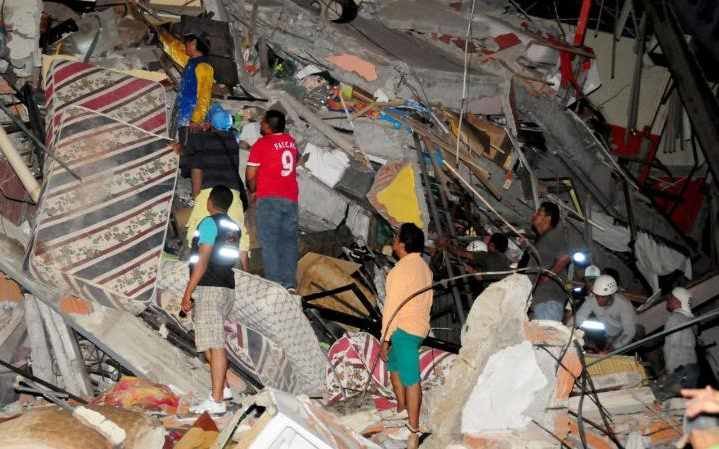
Officials have declared a state of emergency in six of the country's 24 provinces and the National Guard. The tremor destroyed homes and collapsed one major overpass.
President Rafael Correa urged the country's 16 million people to remain calm during the crisis.
"Our infinite love to the families of the dead," he said on Twitter. He also announced that he would cut short his trip to Italy to return home.
Vice President Jorge Glas also announced that the number of injured people were not currently available but he admitted that the death toll is expected to rise.
"It's very important that Ecuadoreans remain calm during this emergency," Vice President Glas announced in a televised address.
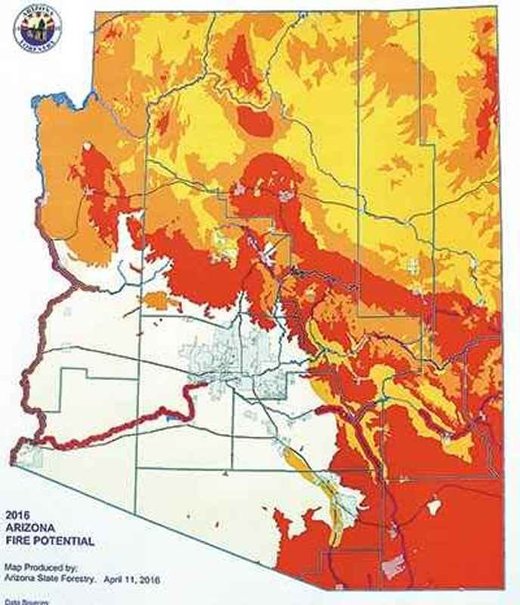
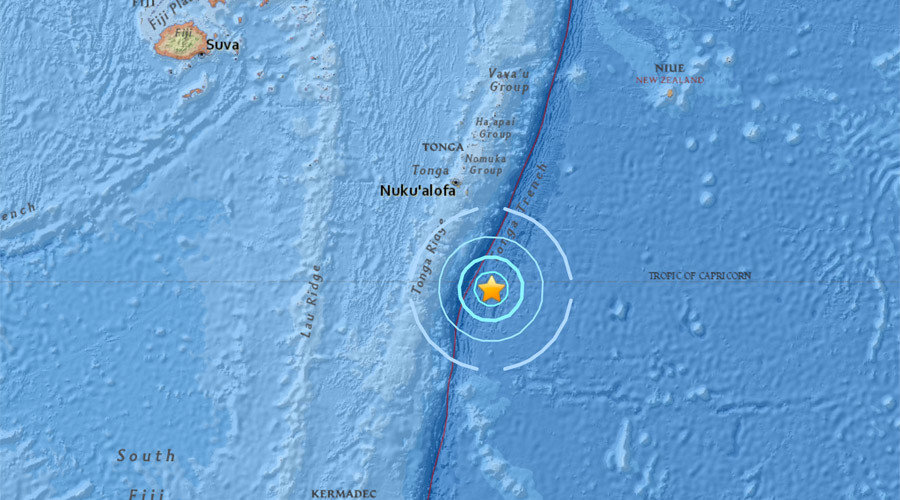
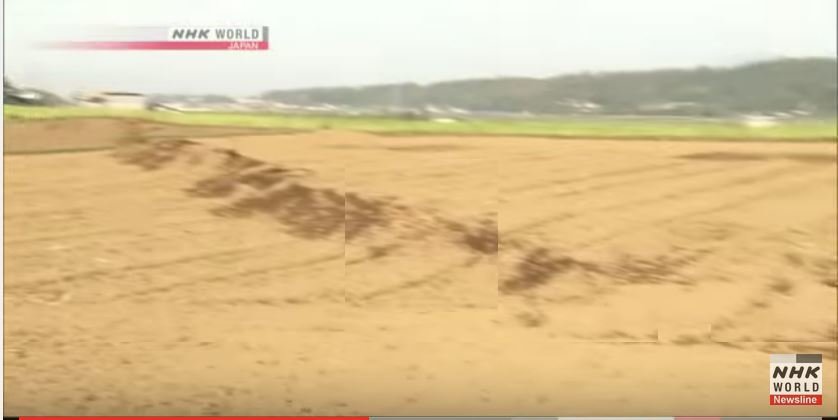
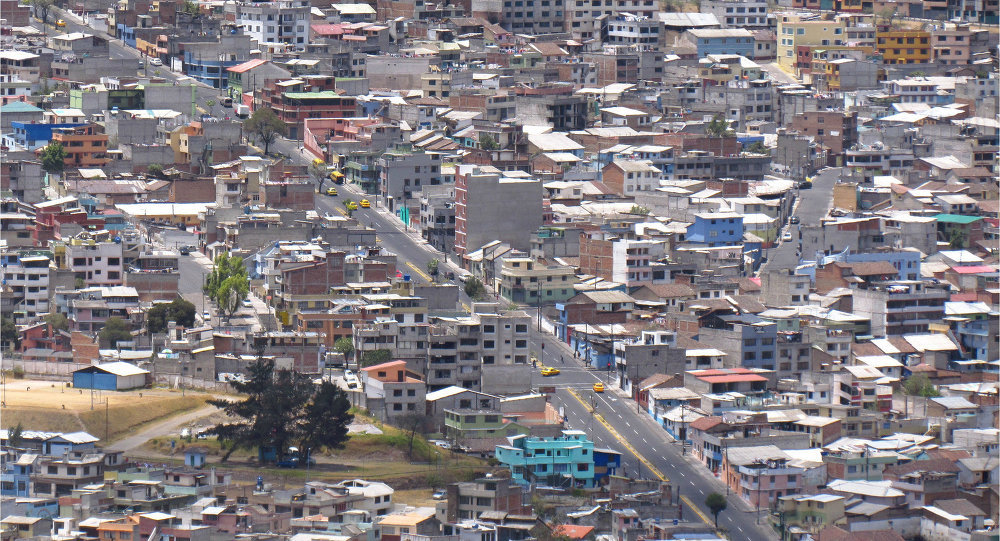
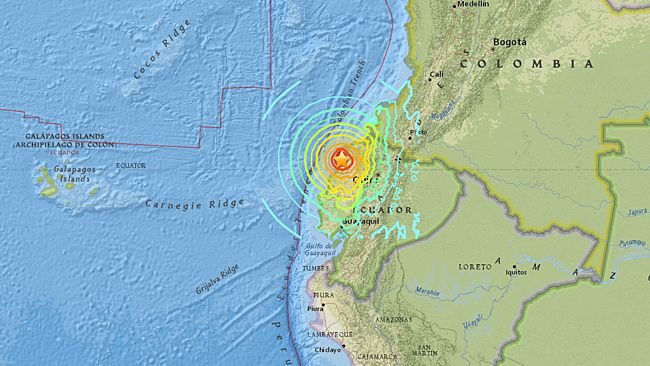
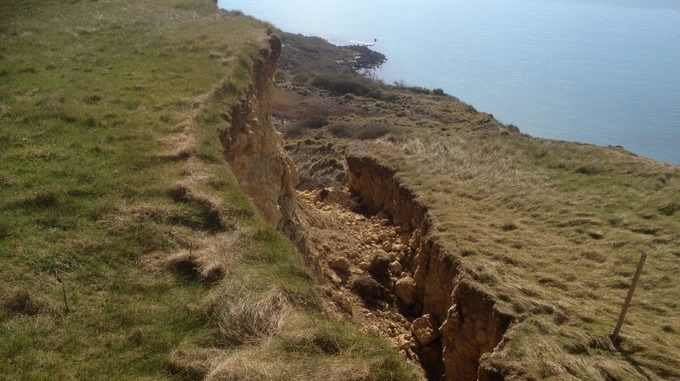
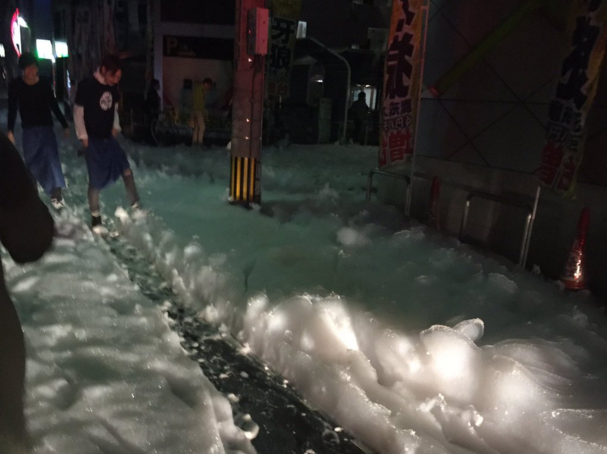
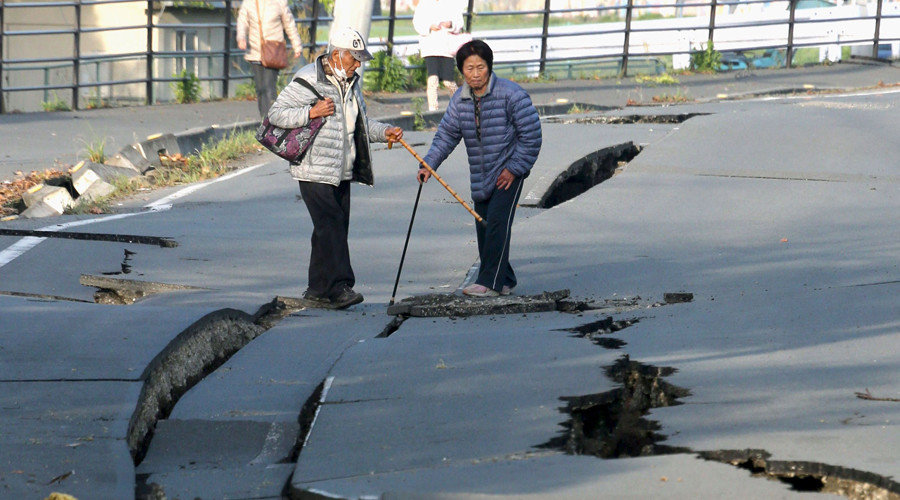

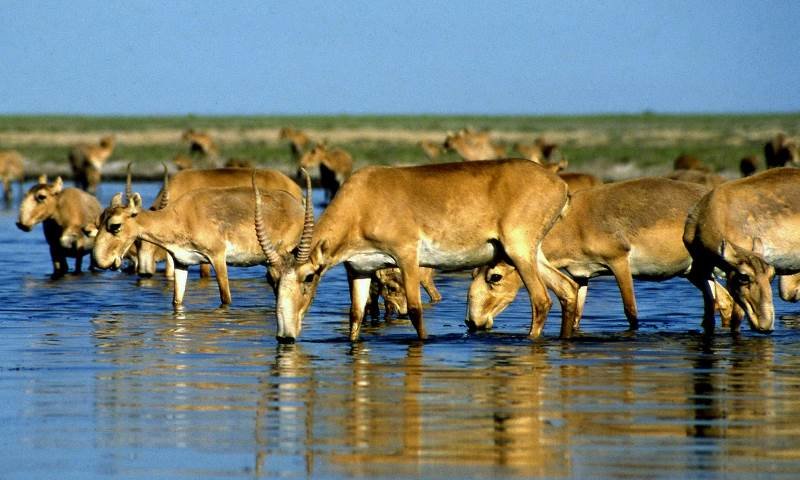



Comment: A 400m section of the Dorset Jurassic Coast between Lyme Regis and Charmouth disappeared in 2008, in what was described as the biggest landslide in Britain in a century. See:
Huge landslide hits Dorset's Jurassic Coast